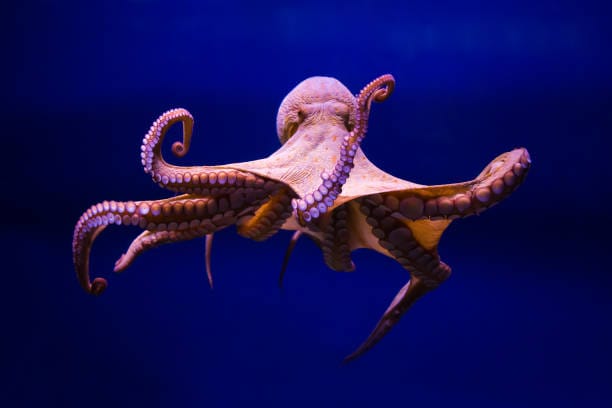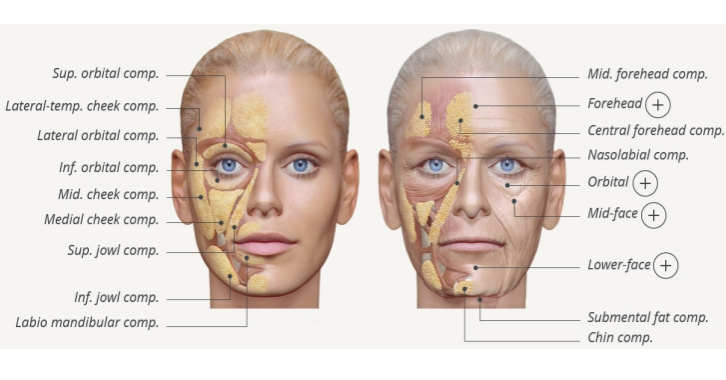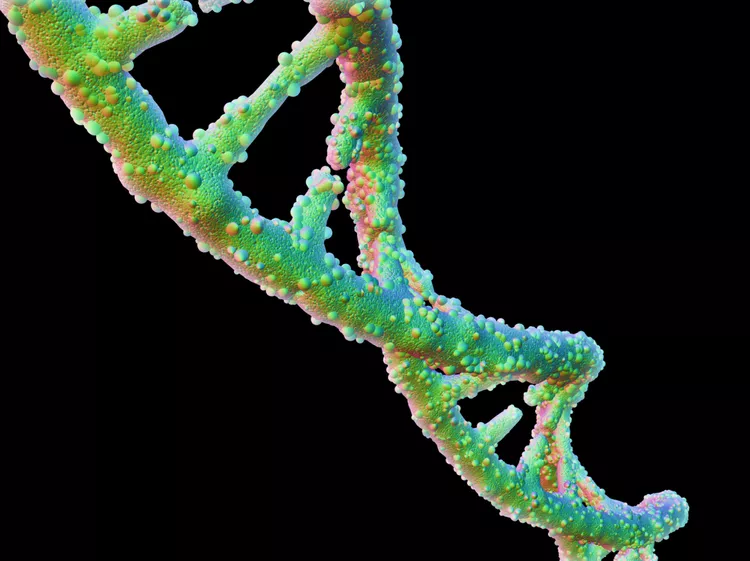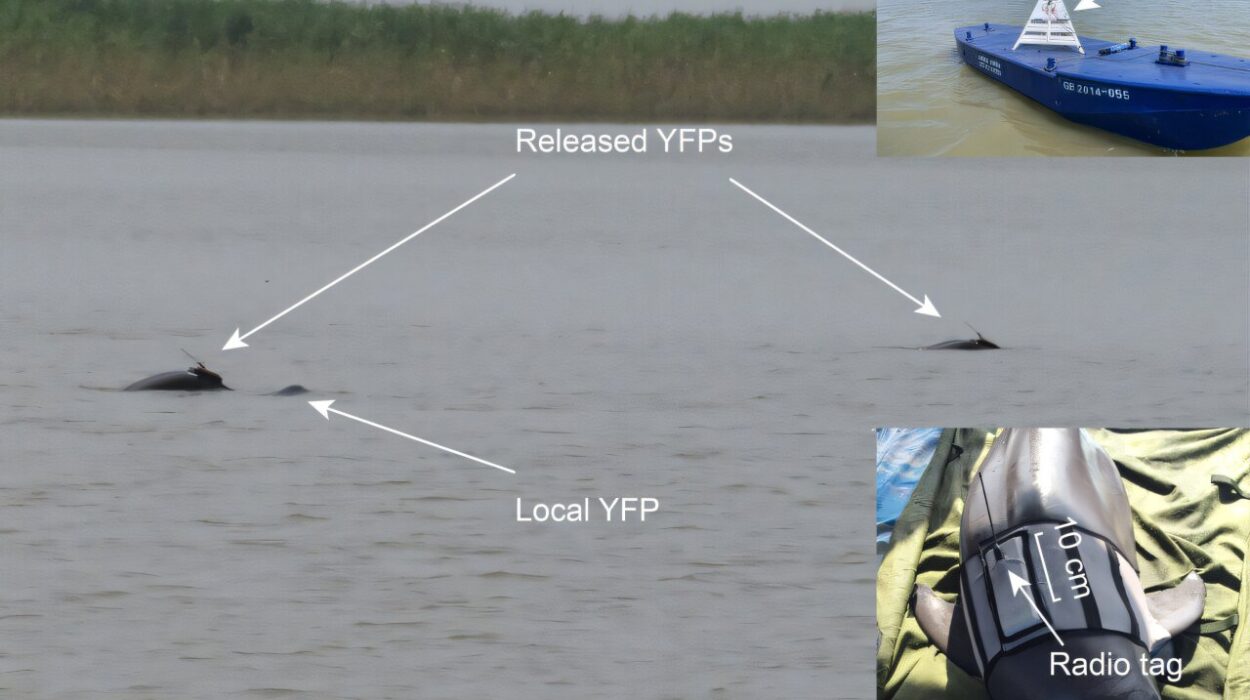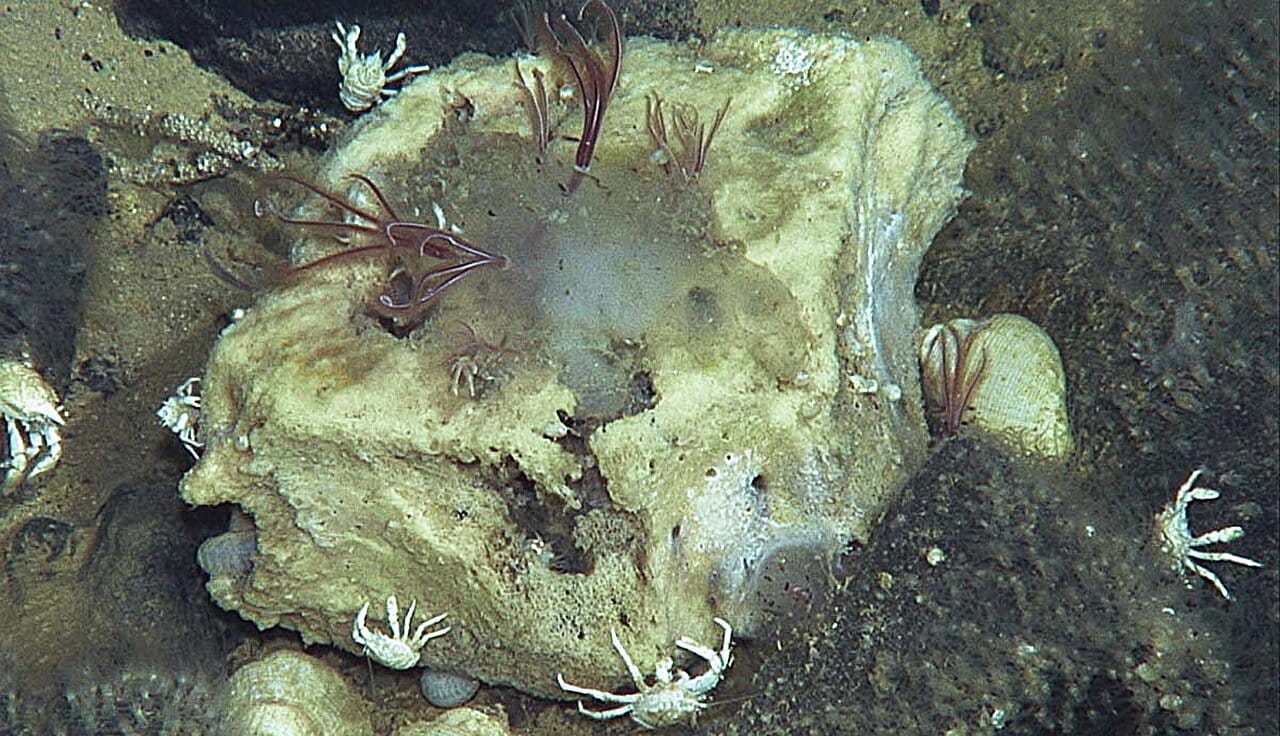Understanding how humans navigate through complex environments has been a topic of great interest in the fields of neuroscience and psychology for decades. Many behavioral studies suggest that the ability to use landmarks for large-scale navigation—what’s known as map-based navigation—develops around age 12. However, a pioneering study at Emory University has recently challenged this assumption by providing the first neural evidence that children as young as five have the neural systems in place to navigate a map-like virtual environment.
The study, published in the Proceedings of the National Academy of Sciences, combines brain scans and a virtual environment dubbed Tiny Town to demonstrate that five-year-olds possess the brain structures required for map-based navigation, a cognitive ability that researchers previously believed was not established until much later in development.
The Traditional View: Map-Based Navigation and Age
For many years, scientists held the view that map-based navigation—the ability to recognize landmarks and use them to navigate through large-scale spaces—was a skill that gradually emerged as children grew older, typically becoming more evident around the age of 12. This belief stemmed from behavioral studies showing that younger children often struggle to navigate complex environments using mental maps. Instead, they tended to rely more on local cues and the immediate layout of their environment, which is often referred to as “walking navigation.”
However, the new study at Emory University, led by Yaelan Jung, a postdoctoral fellow, and Daniel Dilks, an associate professor of psychology, challenges this widely accepted view. Their research suggests that the neural systems that support map-based navigation are actually functional much earlier than previously thought—at around five years old.
Neural Evidence of Map-Based Navigation
The study’s findings provide groundbreaking insights into how the brain processes spatial information and navigates through the environment. The research team, led by Dilks and Jung, utilized functional magnetic resonance imaging (fMRI) technology to examine brain activity in five-year-olds as they navigated a virtual town. fMRI scans measure blood flow to brain regions, which can indicate the areas of the brain that are active during specific cognitive tasks.
To conduct their study, the researchers created a virtual environment called Tiny Town, a simplified version of a previous virtual town called Neuralville that had been used in experiments with adults. Tiny Town consisted of six key buildings—ice cream stores, playgrounds, and fire stations—located in different regions of a triangular layout. Instead of using cardinal directions, the environment was divided into distinctive areas: the mountain corner, the tree corner, and the lake corner. The researchers then tested how well five-year-olds could learn the layout of Tiny Town and use their knowledge to navigate through it.
What was particularly striking about the results was that the children did not just recognize the locations of various buildings within Tiny Town but were able to mentally map these locations and navigate from one area to another. This ability was mediated by the parahippocampal place area (PPA) and the retrosplenial complex (RSC), two brain regions known to be involved in place recognition and spatial navigation. These areas of the brain were activated during the task, showing that even at a young age, children possess a brain system capable of supporting map-based navigation.
The Parahippocampal Place Area (PPA) and Retrosplenial Complex (RSC)
To understand the significance of these findings, it’s important to explore the role of the brain regions involved in navigation. The PPA is a part of the brain’s visual cortex that helps individuals recognize specific places and categorize them. This brain region is essential for understanding the layout of an environment. Meanwhile, the RSC plays a crucial role in spatial orientation, helping to map places within a larger framework and enabling us to navigate effectively from one point to another.
In the study, when the five-year-olds navigated the virtual Tiny Town, these regions of the brain were actively engaged. Their ability to mentally map the location of different buildings, such as the ice cream stores in the mountain corner versus the lake corner, was not only remarkable for its early appearance but also for the complexity of the cognitive processes involved.
A New Perspective on Cognitive Development
One of the key revelations of this study is the idea that map-based navigation—an ability previously believed to take years to develop—begins much earlier than researchers had imagined. This discovery underscores the extraordinary capability of the young brain to process complex spatial information and engage in sophisticated cognitive tasks at an early age.
“While large-scale navigation abilities certainly continue to develop throughout childhood, our findings show that the underlying neural system is established remarkably early,” says Yaelan Jung, the first author of the study. Jung’s research challenges the traditional timeline of cognitive development and opens up new avenues for exploring how young children interact with their environment and build cognitive maps.
Daniel Dilks, the senior author of the study, further elaborates on this shift in understanding: “Rather than taking a decade or more, map-based navigation is underway in half that time.” This finding reshapes our understanding of how children learn about and interact with the world around them, highlighting the incredible plasticity of the developing brain.
A Virtual Town and Playful Experiments
Creating a child-friendly experimental environment was essential for the success of the study. The team developed Tiny Town as a playful and engaging virtual environment, where children could familiarize themselves with the layout before being asked to perform more complex tasks. The researchers made the process enjoyable for the children, turning it into a game-like experience.
The children were shown images of Tiny Town and asked whether they recognized certain buildings and their locations. They were also asked questions about the layout, such as whether a particular fire station was located in the mountain corner or the tree corner. Most of the children passed this test with flying colors, demonstrating their ability to mentally map and recall the spatial relationships within the virtual town.
The fun didn’t stop there. To prepare the children for the fMRI scanning procedure, Jung turned the training process into an interactive game. The children were invited to “freeze” the adults by pointing at them, a game that became a favorite among the young participants. This playful approach helped the children feel more comfortable and excited about the upcoming experiment.
Once in the fMRI scanner, the children were asked to push a button when shown images that matched or did not match the layout of Tiny Town. The results of these tasks confirmed that the children’s brains were actively engaging in tasks related to spatial navigation, further reinforcing the idea that the neural systems for map-based navigation are already functional at a very young age.
Bridging the Gap Between Walking and Map-Based Navigation
One of the most intriguing aspects of the study is its connection to earlier research by Dilks and Jung. In a previous study, they discovered that the brain system for walking navigation—helping individuals avoid obstacles and navigate their immediate surroundings—does not resemble that of adults until around the age of eight. This finding was counterintuitive, as most children can walk long before this age. Yet, the brain regions responsible for the more basic forms of navigation (such as avoiding walls or obstacles) develop more gradually.
The current study suggests that, in contrast to the walking navigation system, the brain’s ability to engage in map-based navigation is functional much earlier, even at age five. This insight adds to our understanding of how different cognitive abilities emerge at different points during childhood and how the brain develops to support increasingly sophisticated forms of navigation.
Looking Toward the Future: Implications for Neural Development
The discovery that children as young as five can engage in map-based navigation has important implications for our understanding of cognitive development. It not only challenges traditional ideas about the timeline for the development of spatial navigation skills but also offers new insights into how the brain organizes knowledge and processes complex tasks.
The findings also have potential clinical applications. By continuing to explore how different areas of the brain contribute to complex behaviors like navigation, researchers hope to gain a better understanding of typical and atypical neural development. Understanding how young children develop these abilities may lead to better diagnostic tools for assessing developmental delays or brain disorders.
Additionally, as Jung and Dilks continue their research, they are expanding their focus to younger children—specifically toddlers—and exploring how their brains process spatial information. This new line of investigation could reveal even more about the neural underpinnings of cognitive development in early childhood.
Conclusion: A New Age of Exploration in Neuroscience
The findings of this study represent a significant leap forward in our understanding of early cognitive development. It challenges long-standing assumptions about the age at which map-based navigation develops and provides the first neural evidence that children as young as five are capable of using mental maps to navigate their environments. These findings not only enhance our understanding of the brain but also offer new insights into how children interact with and learn about the world around them.
As researchers like Yaelan Jung and Daniel Dilks continue to explore the fascinating world of spatial navigation and cognitive development, it is clear that the young brain is far more capable and sophisticated than we have ever realized. The journey to uncover the mysteries of the brain is just beginning, and these findings provide an exciting glimpse into the future of neuroscience and developmental psychology.
Reference: Yaelan Jung et al, Early development of navigationally relevant location information in the retrosplenial complex, Proceedings of the National Academy of Sciences (2025). DOI: 10.1073/pnas.2503569122

